Manure Application Options for Beef and Dairy Systems
When it comes to animal manure from feedlots being applied to the land in Nebraska, developing management practices that efficiently uses the nutrients from manure while being environmentally sustainable can be a complicated process. How can a producer choose the most effective manure application system for their operation?
When deciding which application methods are best for a feedlot operation, good management practices are an important factor. There are ways to make these decisions easier and make sure that the best system is used for manure application for each operation. A system is dependent upon the type of feedlot that is producing the manure along with other variables such as terrain. This article will mainly cover open lots and deep pit barns.
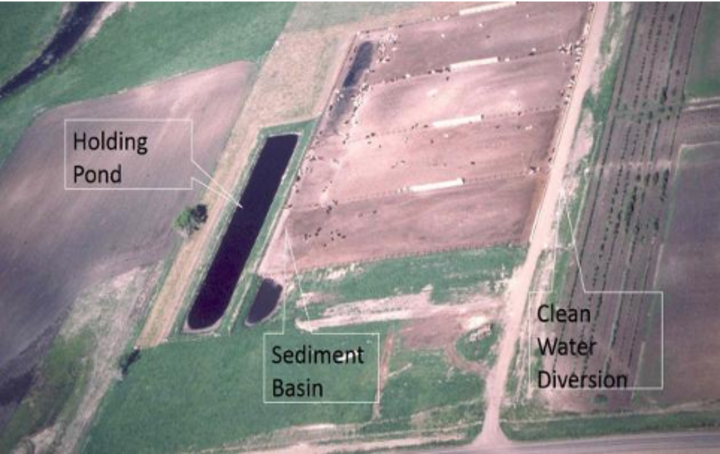
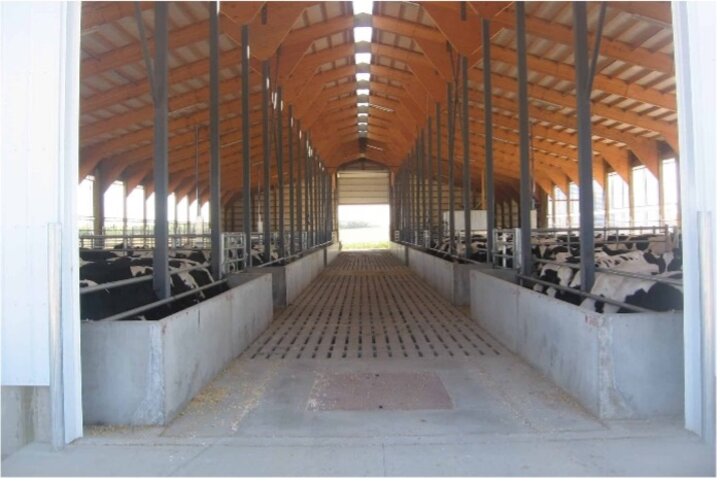
Where Decisions Begin
Deciding which manure application system to choose is based off of whether open lots or barns are being used. For new construction, it is very important for the manager and designer to discuss all aspects of the operation including but not limited to the barn/lot, manure storage, and application system. For example, it can be less expensive to build an open lot (Figure 1) instead of a confinement barn (Figure 2) but it could end up costing more (economically and environmentally) to store and apply the manure in the end. This is why, as a manager, being educated and asking for assistance when it is needed is very important. There are many standards that involve water quality, animal health, and managing the manure that must be met when it comes to feedlots. The UNL manure and NDEE websites contain most of the standard information you need for manure management. Title 130 regulations are accessible for the state of Nebraska.
Application from Open Lots
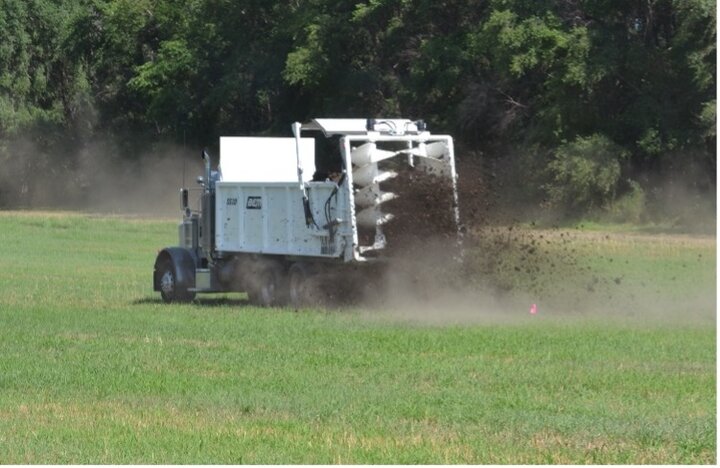
The most common Nebraska application method for manure collected from an open lot, is a solid manure spreader. This is a generally a lower cost option that distributes solid manure on the field from a tractor pulled or truck mounted box spreader. As the name suggests, this option only works for solid manure collected off of the surface of the lots which accounts for the majority of the manure coming from open lots. The solid manure is scrapped from the lot and stored until it can be applied to the field. It is then loaded in the spreader and driven to the field for application.
For the liquid manure that comes from open lots, a less labor-intensive option for applying manure is using a holding pond/basin. This technique uses a pond to collect the lot runoff from precipitation events containing some solids and land apply in liquid form. Once the precipitation runoff is collected, there are multiple ways to get it from the pond to the land. One way is by pumping the manure to an irrigation system for land application.
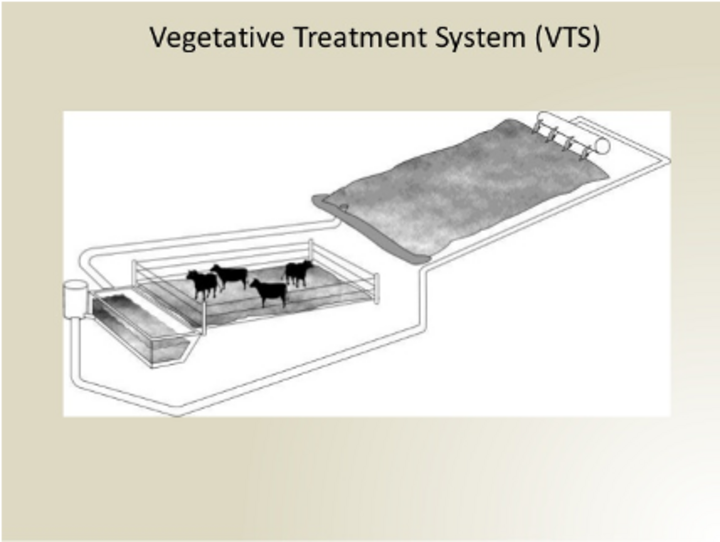
An alternative liquid application method is a vegetated treatment system (VTS) for the runoff from open lots. This is similar to a pivot/sprinkler system where the liquid runoff is piped to a permanently vegetated area to prevent too much runoff and percolation and meet water quality standards. A vegetative treatment system works best for small to medium sized operations (less than 1000 head of cattle) that prefer not to maintain long term liquid storage. According to James Sueper of the NRCS, there is not a lot of popularity with these systems yet. Sometimes a VTS is only meant to take care of part of the liquid in the pond. This may occur when the vegetated area is not large enough to meet regulatory requirements by using enough of the liquid and not letting it run off. Pairing of the vegetative area and the open lot area is critical to their success. VTS is more desirable to managers because they don’t require as much attention or effort as long as they are well planned. Examples of successful Nebraska VTS are available.
Since a manure spreader handles the solids and holding pond (or VTS) handle liquids, both systems are typically used by an operation if needed. Both systems also have potential to release a lot of odors in the air if not applied correctly.
Application from Barns
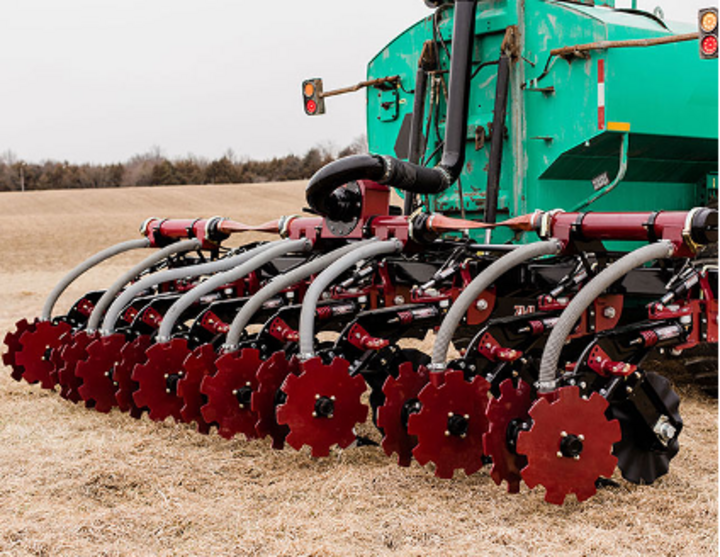
Differing from open lots, deep pit barns are generally used more in Nebraska for swine and beef feedlots. Deep pit barns work by having slatted floors for which the manure can be collected on and animal traffic pushes the manure though the slats. The manure falls into a storage area under the barn that can be scrapped out and applied to fields.
The most efficient and widely used application methods for these barns is injection for the liquid manure and spreaders for the solids. Like manure spreaders, injectors are implements that are usually pulled behind a tractor and inject the manure into the soil. However, injectors place the liquid slurry directly into the soil while spreaders place the manure on top of the soil. Being injected means there is less loss of the nutrients to runoff. This method also does a better job of evenly spreading manure across the field as well as suppressing the odors when applied when compared with surface application.
Where to Find Assistance
For producers that are interested in learning more about Nebraska manure application methods, there are many resources available. A good start for understanding regulations, the Nebraska Department of Environment and Energy has more information on their website. If talking to someone local is a better option for you, there are Natural Resources Conservation Service field offices throughout Nebraska that can also provide you with a contact that can answer further questions. The UNL manure management webpage provides resources on manure management. All of these options will point you in the right direction for proper management of manure application systems.
References
- Interview with James Sueper, PE, NRCS. Information presented used throughout article.
- University of Nebraska-Lincoln. “VTS Guidance Document”
- McDonald, Paul. “Manure Injection Systems” Manure Manager. April, 25, 2008.
- University of Nebraska-Lincoln. “Application of Liquid Animal Manures Using Center Pivot Irrigation Systems.”
This article was reviewed by Brian Woodbury, USDA ARS Scientist; Ben Beckman, Nebraska Extension Educator; Parker Belgum, University of Nebraska-Lincoln student